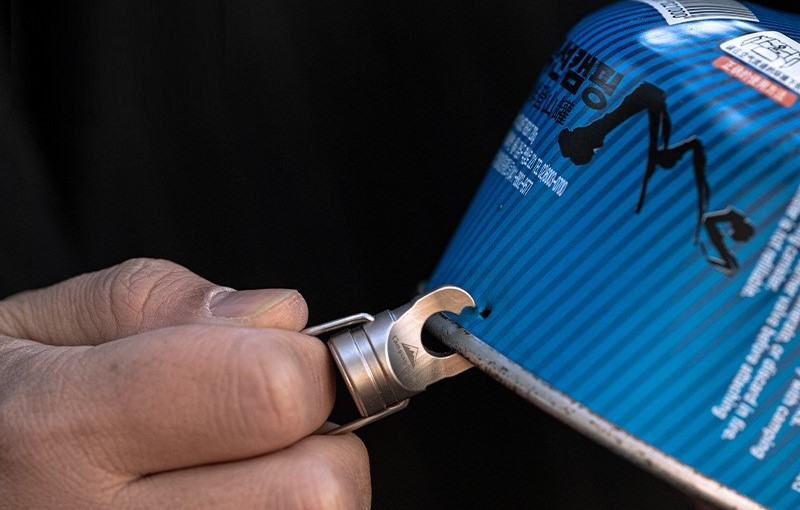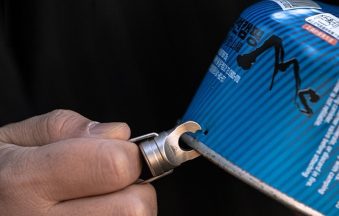Gas Canister Safety: What TIHTM is Doing to Help
Outdoor activities are a fantastic way to disconnect from the chaos of city life and immerse ourselves in the tranquility of nature—be it in the mountains, forests, beaches, or grasslands. To fully enjoy these experiences, having the right tools and equipment is essential, and gas canisters play a vital role in providing heat for cooking and warmth. However, ensuring safety while using gas canisters is crucial to avoid potential hazards.
I. The Hazards of Improper Handling of Gas Canisters
Improper handling and disposal of gas canisters can lead to serious accidents and environmental pollution. For instance, exposure to sunlight or open flames can cause gas canisters to explode. Therefore, it is vital to follow proper disposal methods. Companies like TIHTM are stepping up to address these concerns by advocating for safe gas canister recycling and emphasizing the importance of gas canister safety.
II. What Has TIHTM Done?
To tackle the issue of gas canister safety, TIHTM has been proactive in promoting recycling and safe usage practices. Last year, we partnered with campsites to launch our charity initiative: the gas canister safety recycling station. Designed to enhance campsite safety and maintain a clean environment, these stations are easily recognizable and equipped with specialized tools for puncturing gas canisters, allowing for safe handling of residual gas.
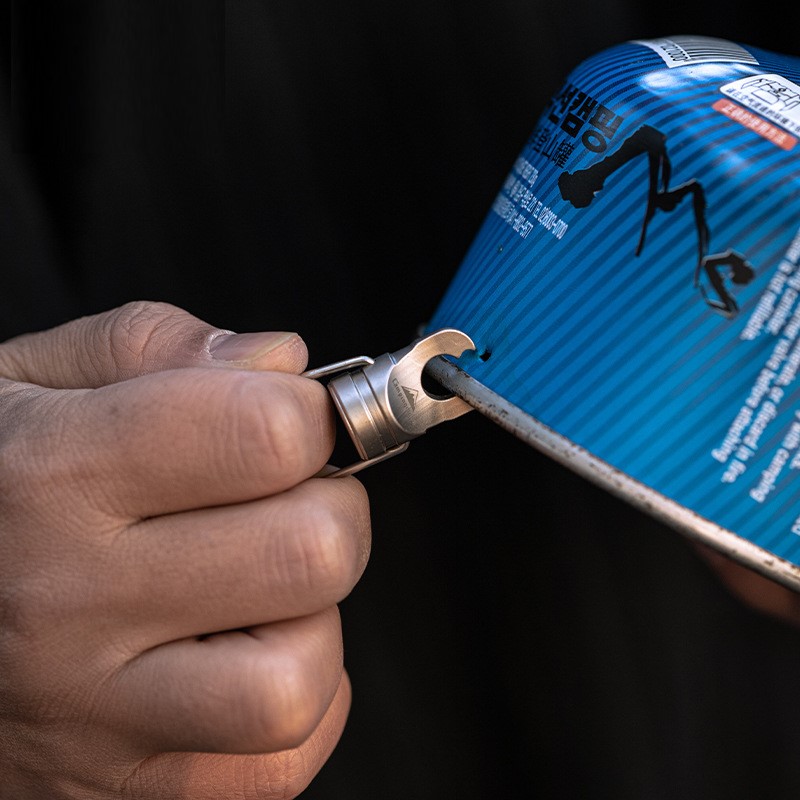
III. The Benefits of Safe Gas Canister Recycling
Accelerates Natural Degradation: While metal gas canisters can degrade in the environment, the paint on their surfaces can hinder this process. Puncturing the canisters allows rainwater to enter, speeding up the degradation of the metal.
Convenient Transportation: Because gas canisters contain flammable gas, they cannot be transported on public transport without proper precautions. Once punctured, the canisters pose no safety risk and can be safely transported for processing.
Protects Environmental Workers: Although waste gas canisters with residual gas aren’t likely to cause major explosions, they can still be intimidating for recyclers. Puncturing the canisters eliminates this risk, ensuring a safer working environment.
IV. Gas Cylinder Safety Guidelines Pre-Use Check:
- Ensure the flame regulation valve is in the closed position.
- Check the sealing O-ring of your stove to make sure it’s in good condition.
- When attaching the gas cylinder, keep it upright and carefully screw it into place without overtightening.
- Inspect for any signs of gas leakage between the device and the gas cylinder.
Gas Cylinder Storage Precautions:
- Store gas cylinders in a cool, sealed place, ideally below 40 degrees Celsius.
- Keep them away from heat sources during storage and use.
- If not used for a while, ensure the cap is closed and keep it out of children’s reach.
- Always check the cylinder interface for cleanliness before and after use.
V. Creative Recycling: Create Your Secret Garden
Did you know you can repurpose old gas cylinders? Here’s how to turn them into planters:
- Use a gas cylinder perforator to create holes for gas release. Space them evenly to ensure a neat cut later.
- Carefully open the holes with pliers, trimming the edges for safety.
- Puncture several small holes at the bottom to allow soil drainage.
- Fill with soil, insert seeds, and sprinkle some water to get started.
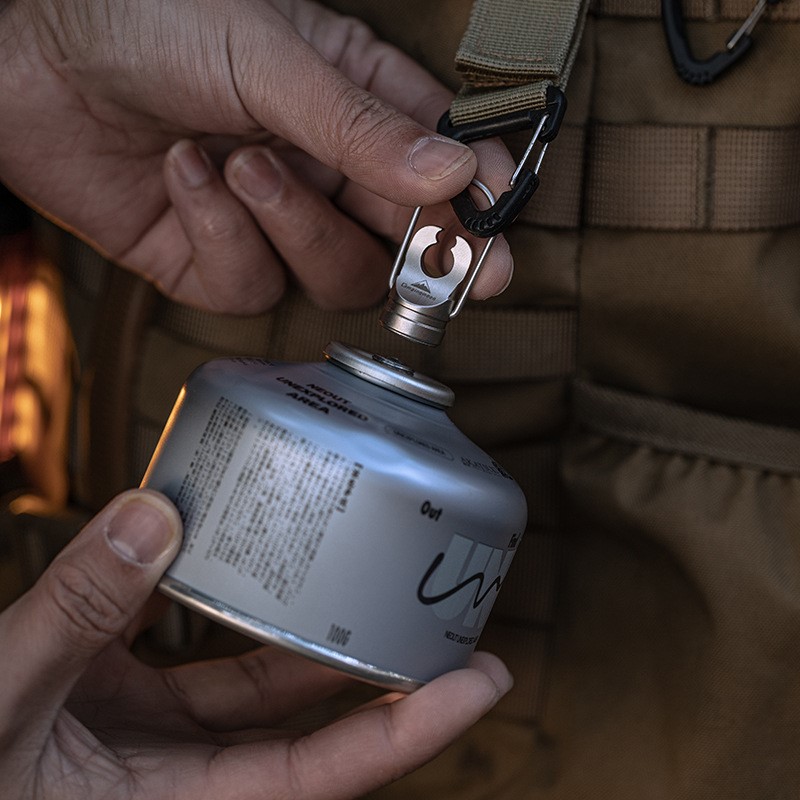
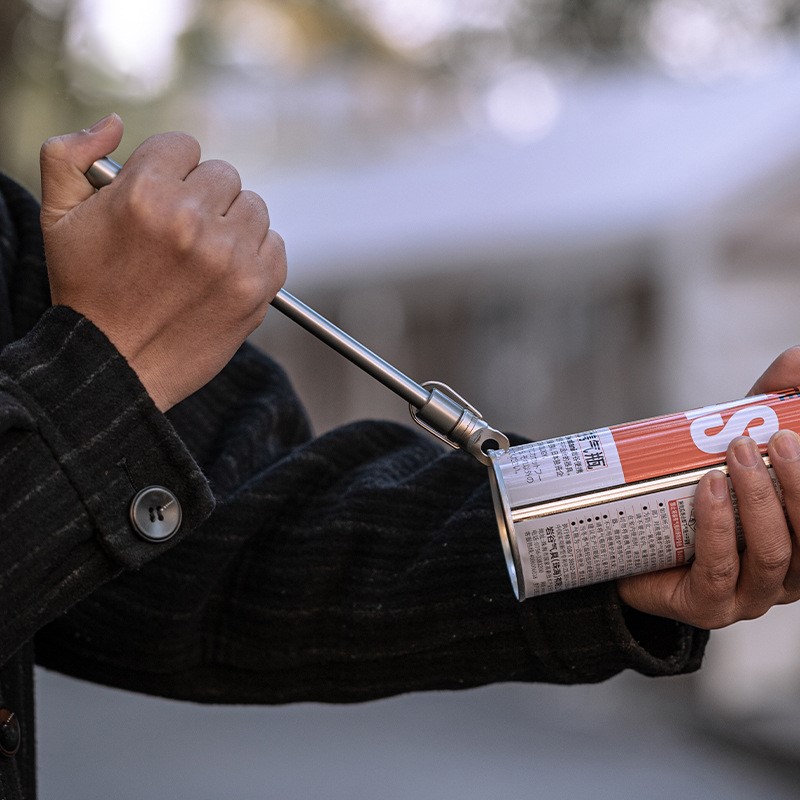
Conclusion
Protecting our natural environments takes consistent effort and a collective approach. TIHTM believes that change begins with small steps. By promoting gas canister safety and recycling, we aim to create a cleaner, safer outdoor experience for everyone. As we continue to advocate for environmental stewardship, we encourage all outdoor enthusiasts to join us in making a difference. Together, we can plant the seeds for a brighter, greener future—one campsite at a time. Let’s make our voices heard and work towards meaningful change in the great outdoors!

